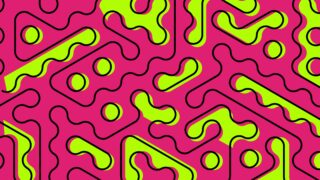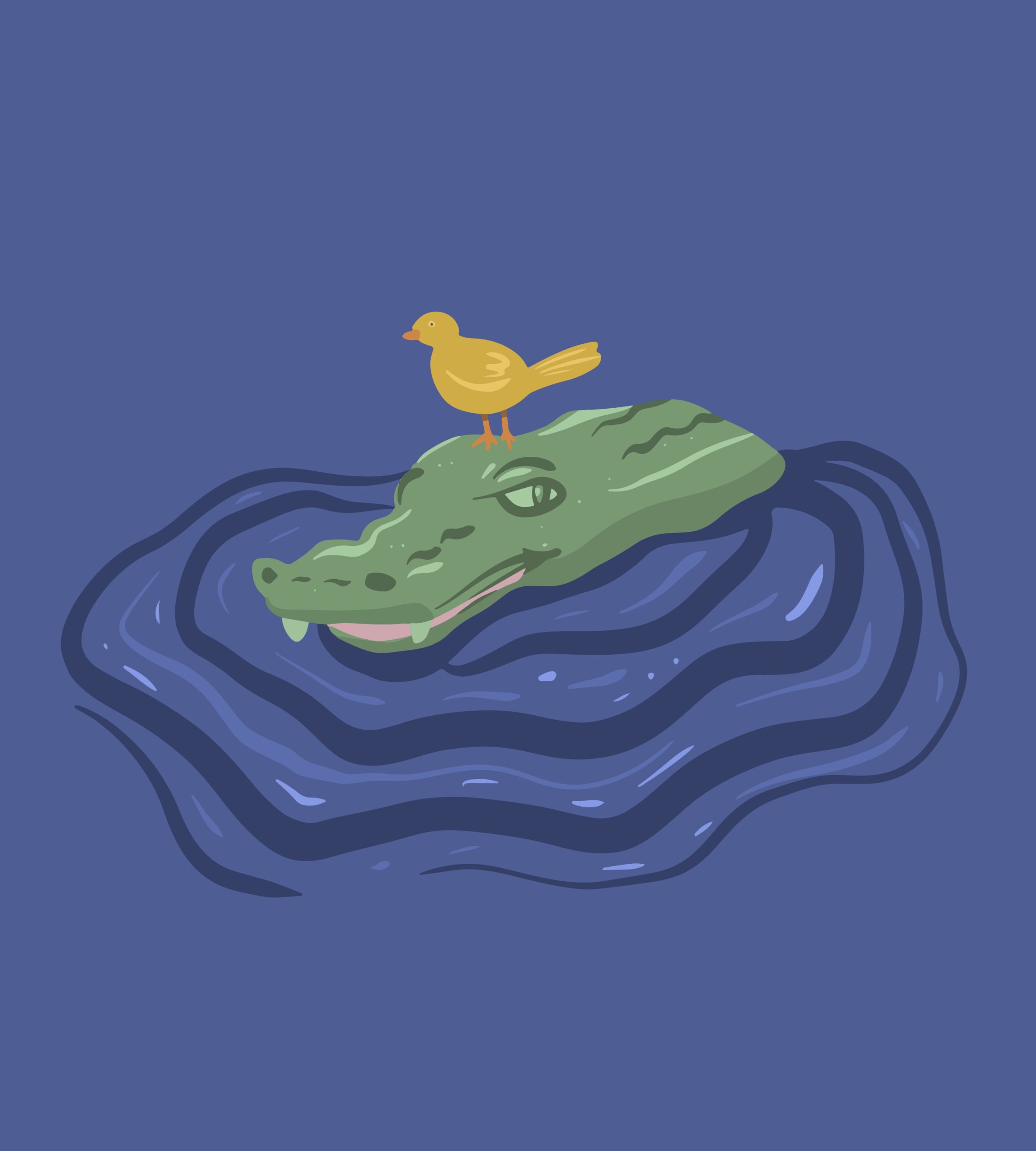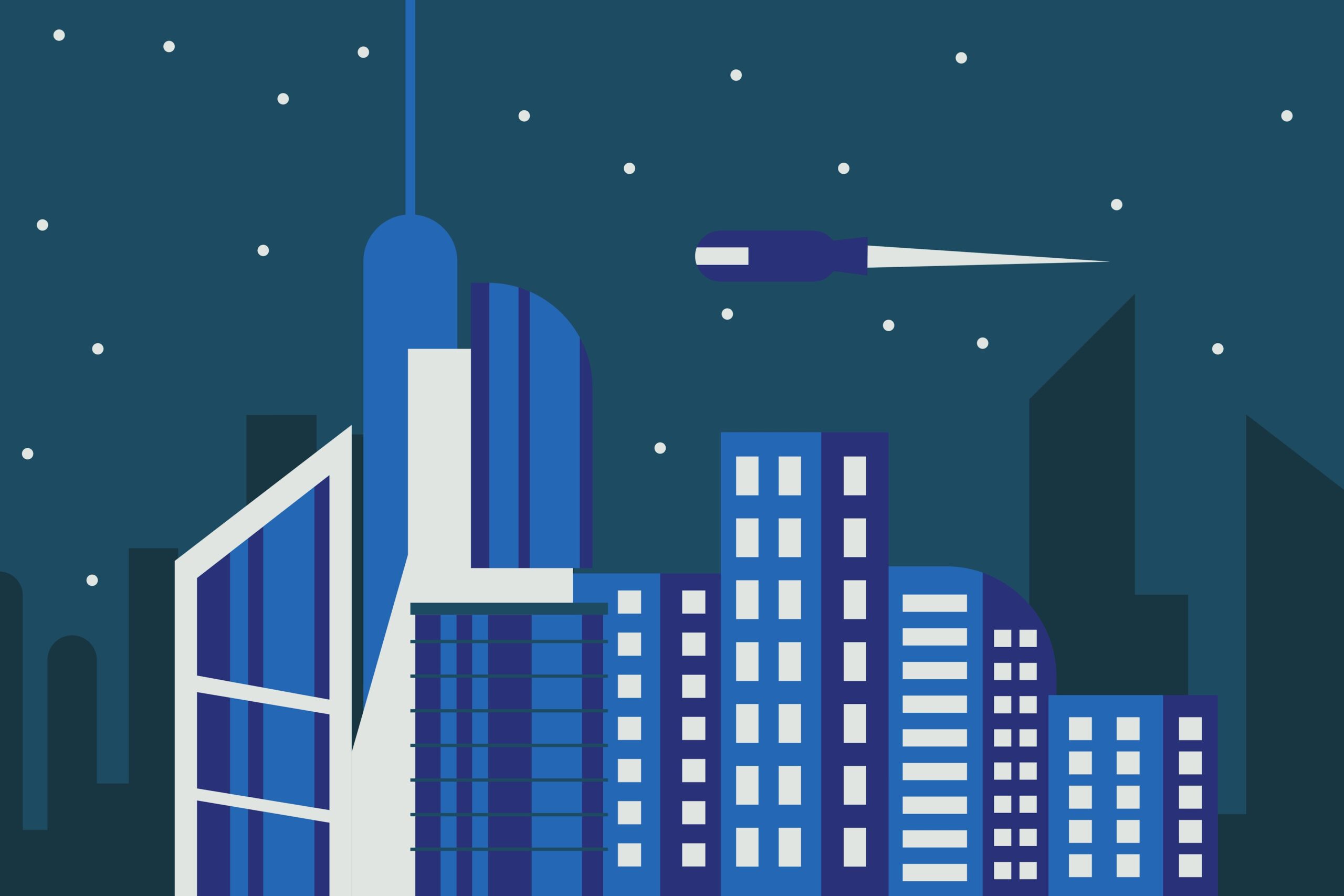 Mindset for Rappers
Mindset for Rappers How to Change Your Rapper Name
Know Why You’re ChangingDecide why your current name no longer fits, maybe you want a fresh start or to avoid negative a...
 Mindset for Rappers
Mindset for Rappers  Beat Selling Site
Beat Selling Site  Beatmaker Mindset
Beatmaker Mindset  Koala Sampler
Koala Sampler  AI Diary
AI Diary  Koala Sampler
Koala Sampler  Site Creation
Site Creation  Music Diary
Music Diary  Plugins
Plugins  Web3
Web3  Mindset for Rappers
Mindset for Rappers  Rap/Vocals
Rap/Vocals  Suno
Suno  Suno
Suno  Suno
Suno  Beatmaking with AI
Beatmaking with AI  Beatmaking with AI
Beatmaking with AI  Beatmaking with AI
Beatmaking with AI  Beatmaking with AI
Beatmaking with AI  Beatmaking with AI
Beatmaking with AI ![[Emotional Rap Experimental Beat] Genx Beat 20250222 21 20250222](https://genxnotes.com/wp-content/uploads/2025/07/20250222-320x180.jpg) Emotional Hiphop Beats
Emotional Hiphop Beats ![[Boombap Experimental Beat] Genx Beat 20250221 22 20250221](https://genxnotes.com/wp-content/uploads/2025/07/20250221-320x180.jpg) Boombap Hiphop Beats
Boombap Hiphop Beats ![[Dark Experimental Beat] Genx Beat 20250220 23 20250220](https://genxnotes.com/wp-content/uploads/2025/07/20250220-320x180.jpg) Dark Hiphop Beats
Dark Hiphop Beats ![[Emotional Hiphop Beat] Promise - Genx Beats 24 Promise](https://genxnotes.com/wp-content/uploads/2022/09/Promise-320x180.jpeg) Emotional Hiphop Beats
Emotional Hiphop Beats ![[Happy Hiphop Beat] Tell Me What You Want - Genx Beats 25 Tell Me What You Want](https://genxnotes.com/wp-content/uploads/2022/09/Tell-Me-What-You-Want-320x180.jpeg) Happy Hiphop Beats
Happy Hiphop Beats ![[Emotional Hiphop Beat] Peace - Genx Beats 26 Peace scaled 1](https://genxnotes.com/wp-content/uploads/2022/08/Peace-scaled-1.jpeg) Emotional Hiphop Beats
Emotional Hiphop Beats ![[Emotional Hiphop Beat] Warm Heart - Genx Beats 27 Warm Heart scaled 1](https://genxnotes.com/wp-content/uploads/2022/08/Warm-Heart-scaled-1.jpeg) Emotional Hiphop Beats
Emotional Hiphop Beats ![[Emotional Hiphop Beat] Home - Genx Beats 28 Home](https://genxnotes.com/wp-content/uploads/2022/09/Home-320x180.jpeg) Emotional Hiphop Beats
Emotional Hiphop Beats ![[Emotional Hiphop Beat] Sweet Summer - Genx Beats 29 Sweet Summer scaled 1](https://genxnotes.com/wp-content/uploads/2022/08/Sweet-Summer-scaled-1.jpeg) Emotional Hiphop Beats
Emotional Hiphop Beats ![[Emotional Hiphop Beat] Scarlett - Genx Beats 30 Scarlett](https://genxnotes.com/wp-content/uploads/2022/09/Scarlett-320x180.jpeg) Emotional Hiphop Beats
Emotional Hiphop Beats